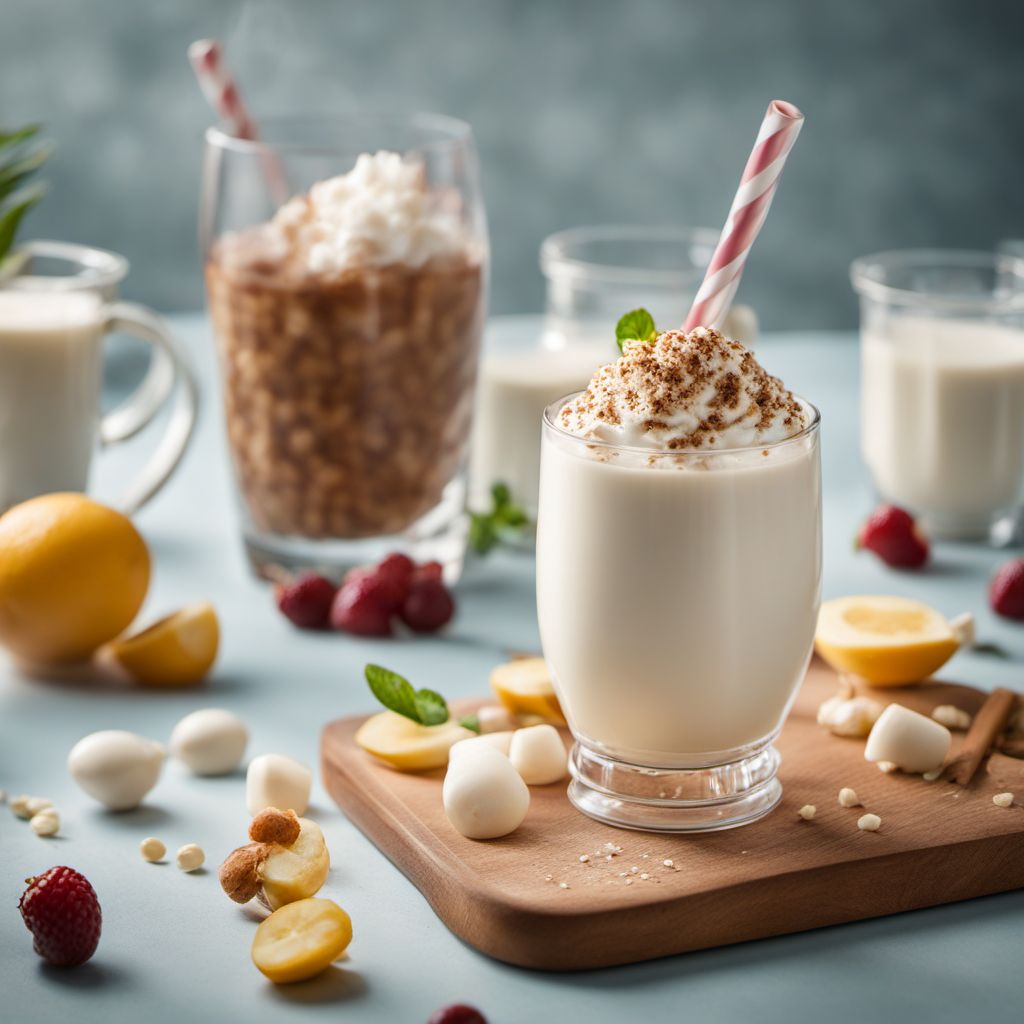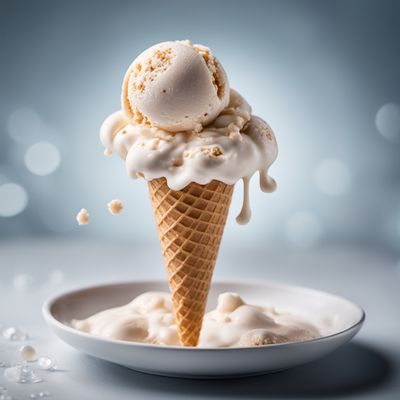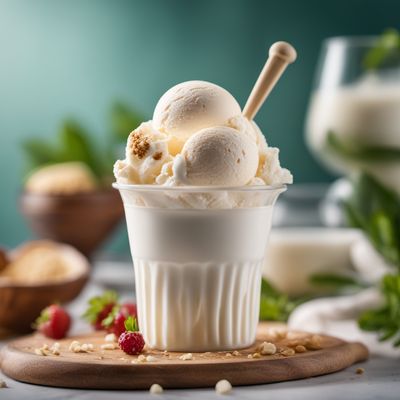
Ingredient
Milkshakes
"Creamy Delights: Exploring the World of Milkshakes"
Milkshakes are a creamy and indulgent beverage made by blending milk, ice cream, and flavorings such as chocolate, vanilla, or fruit. They have a smooth and thick texture, often topped with whipped cream, sprinkles, or a cherry. Milkshakes can be customized with different ingredients and variations, making them a versatile and satisfying treat.
Origins and history
The origins of milkshakes can be traced back to the late 19th century when they were initially served as a health tonic. In the early days, milkshakes were made by hand-churning milk, ice, and flavorings. With the invention of the electric blender in the 1920s, milkshakes became more accessible and gained popularity in soda fountains and diners across America. Today, milkshakes are enjoyed worldwide and have become a staple in dessert menus.
Nutritional information
Milkshakes are a good source of calcium, protein, and essential vitamins. However, they are also high in calories, sugar, and saturated fat. A typical milkshake can range from 300 to 800 calories, depending on the size and ingredients used.
Allergens
Milkshakes may contain allergens such as milk, ice cream (which may contain eggs), and nuts (if used as toppings or flavorings). Individuals with lactose intolerance or dairy allergies should opt for dairy-free alternatives or consult with a healthcare professional.
How to select
When selecting milkshakes from a store or restaurant, look for establishments that use high-quality ingredients and fresh dairy products. Opt for milkshakes made with real ice cream rather than powdered mixes for a richer and creamier taste. Additionally, check for any added preservatives or artificial flavors.
Storage recommendations
Milkshakes are best enjoyed immediately after preparation. If you have leftover milkshake, store it in an airtight container in the refrigerator for up to 24 hours. However, note that the texture may change slightly upon refrigeration.
How to produce
To make a milkshake at home, combine milk, ice cream, and desired flavorings in a blender. Blend until smooth and creamy, adjusting the consistency by adding more milk or ice cream as needed. Experiment with different flavors and toppings to create your own signature milkshake.
Preparation tips
To enhance the flavor and texture of your milkshake, consider adding ingredients like chocolate syrup, fresh fruits, or crushed cookies. For a thicker consistency, use less milk or add more ice cream. To achieve a frothy texture, blend the milkshake for a longer duration. Experiment with different combinations and ratios to find your preferred taste.
Substitutions
N/A (Milkshakes are a unique beverage and do not have direct substitutes.)
Culinary uses
Milkshakes are primarily enjoyed as a refreshing and indulgent beverage. They can be served as a standalone treat, paired with desserts like pies or cakes, or even used as a base for creative milkshake-inspired desserts such as milkshake cupcakes or milkshake popsicles.
Availability
Milkshakes are commonly available in restaurants, diners, ice cream parlors, and fast-food chains worldwide. They are also easily made at home with readily available ingredients.


